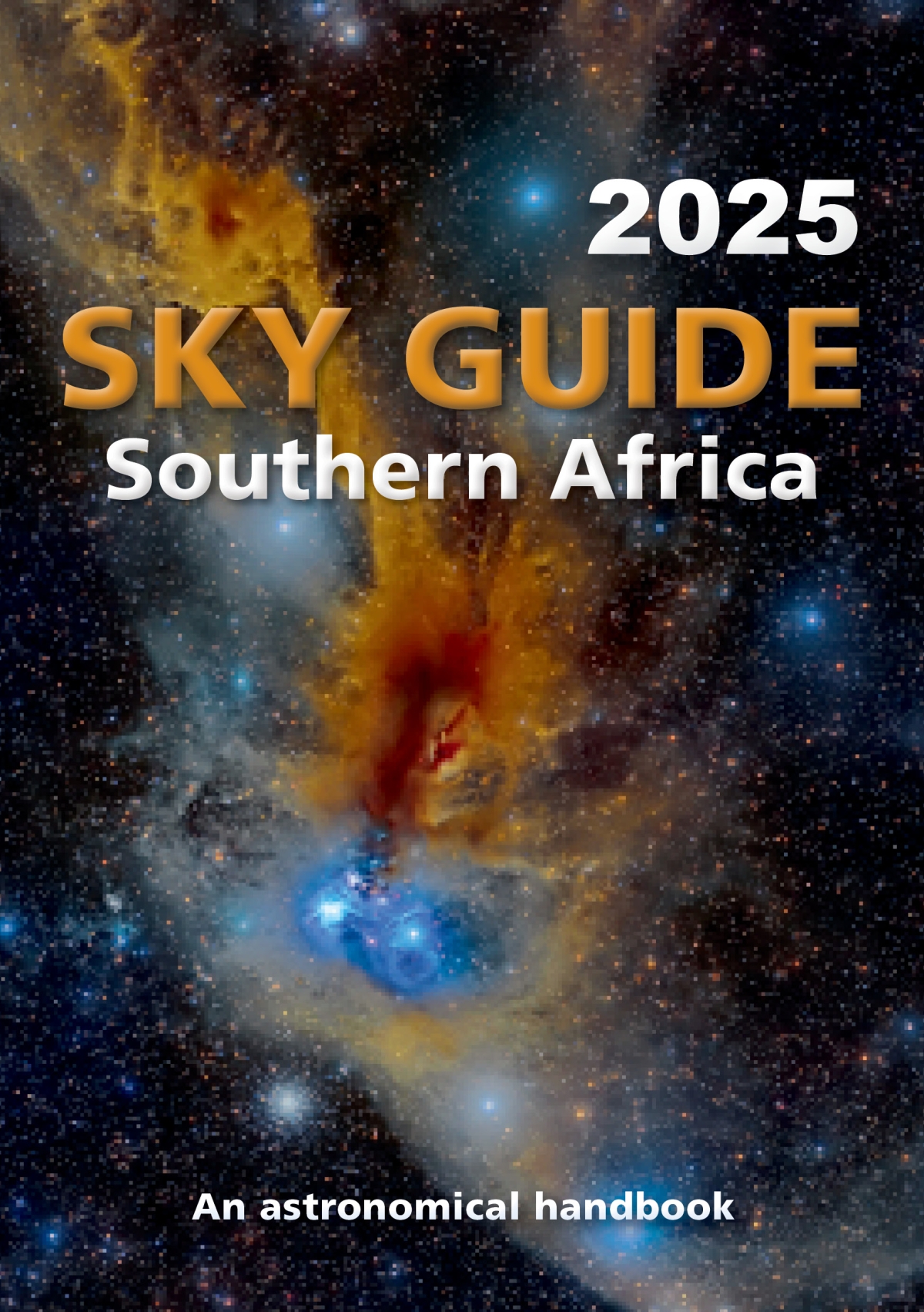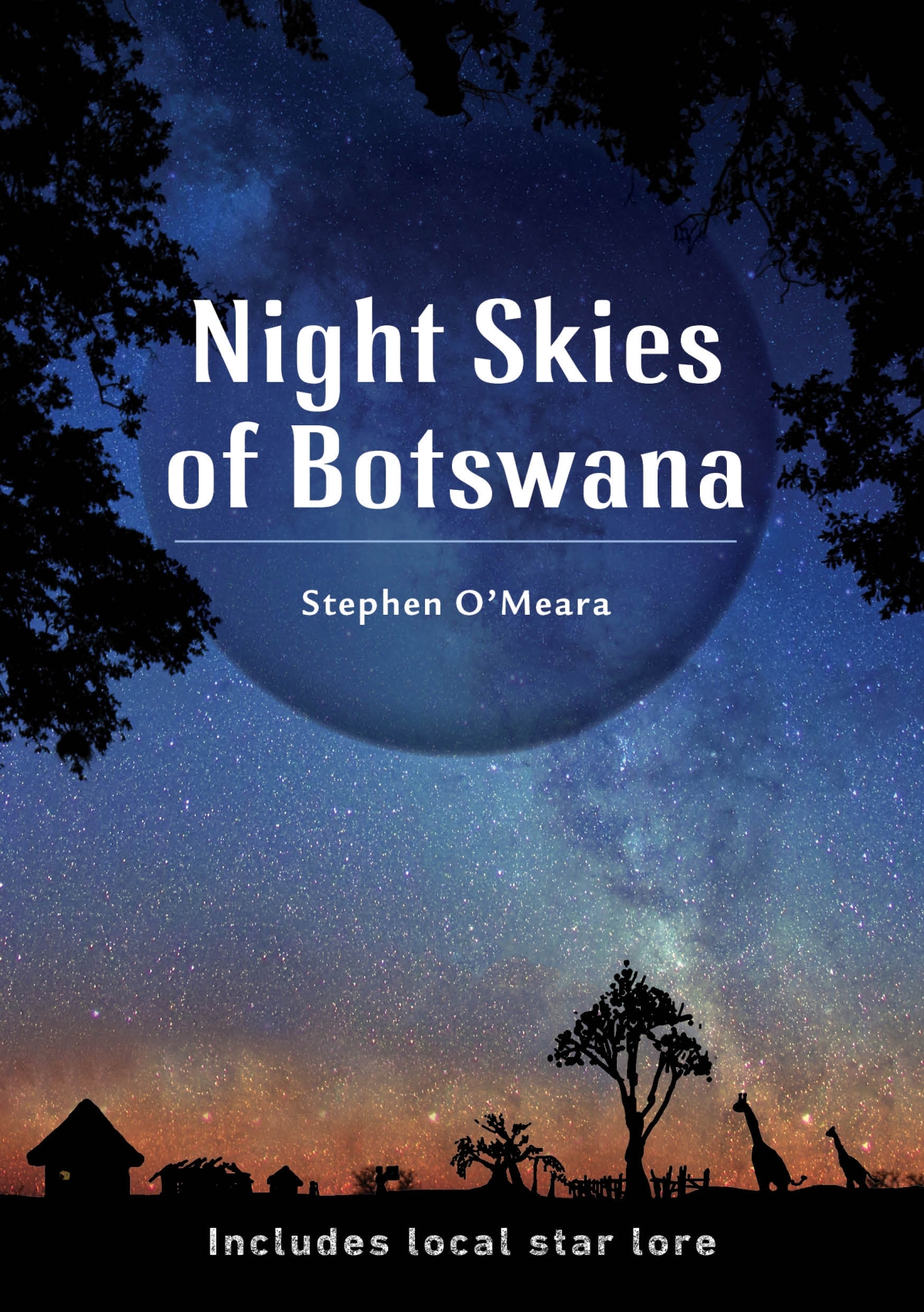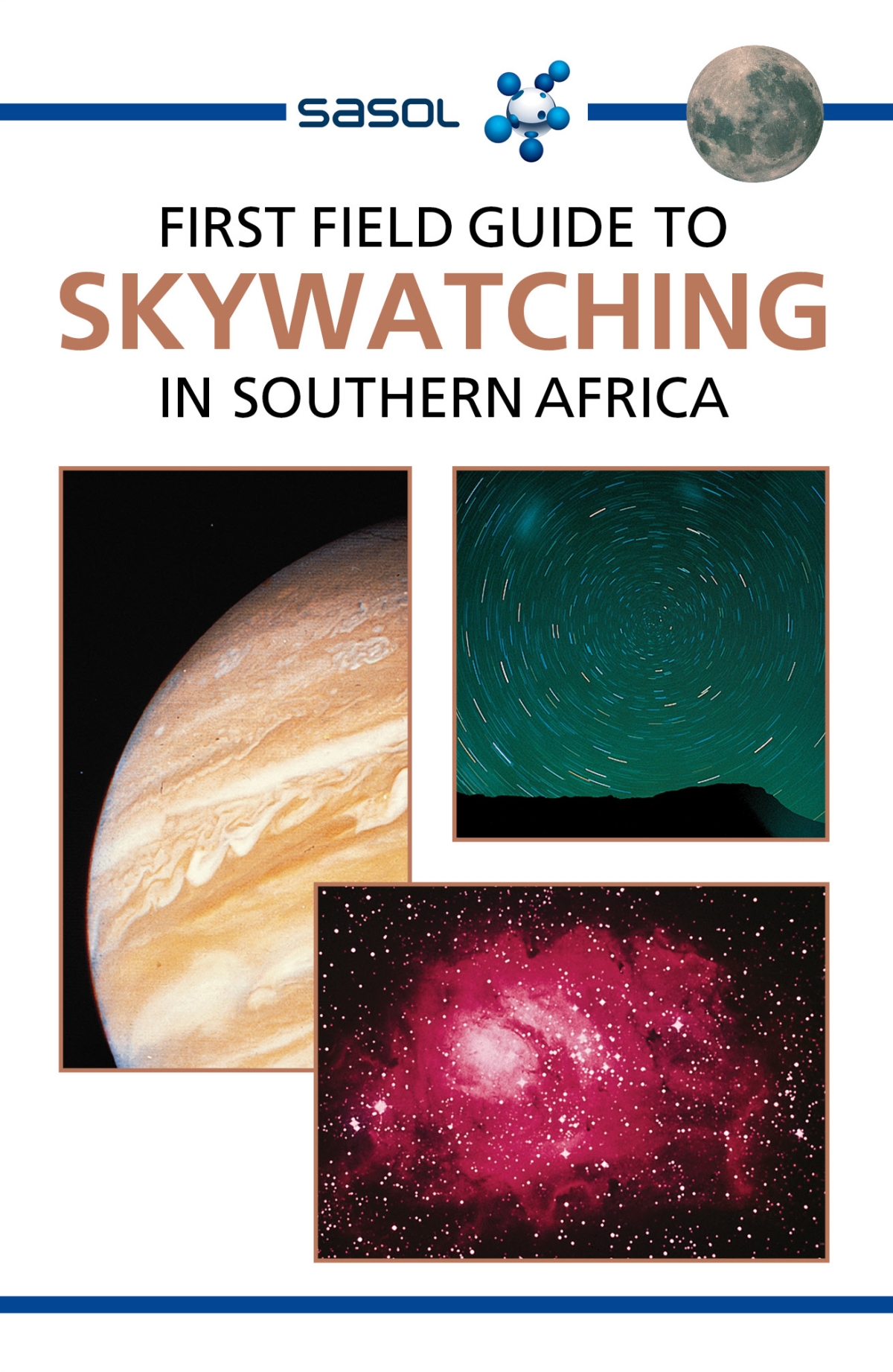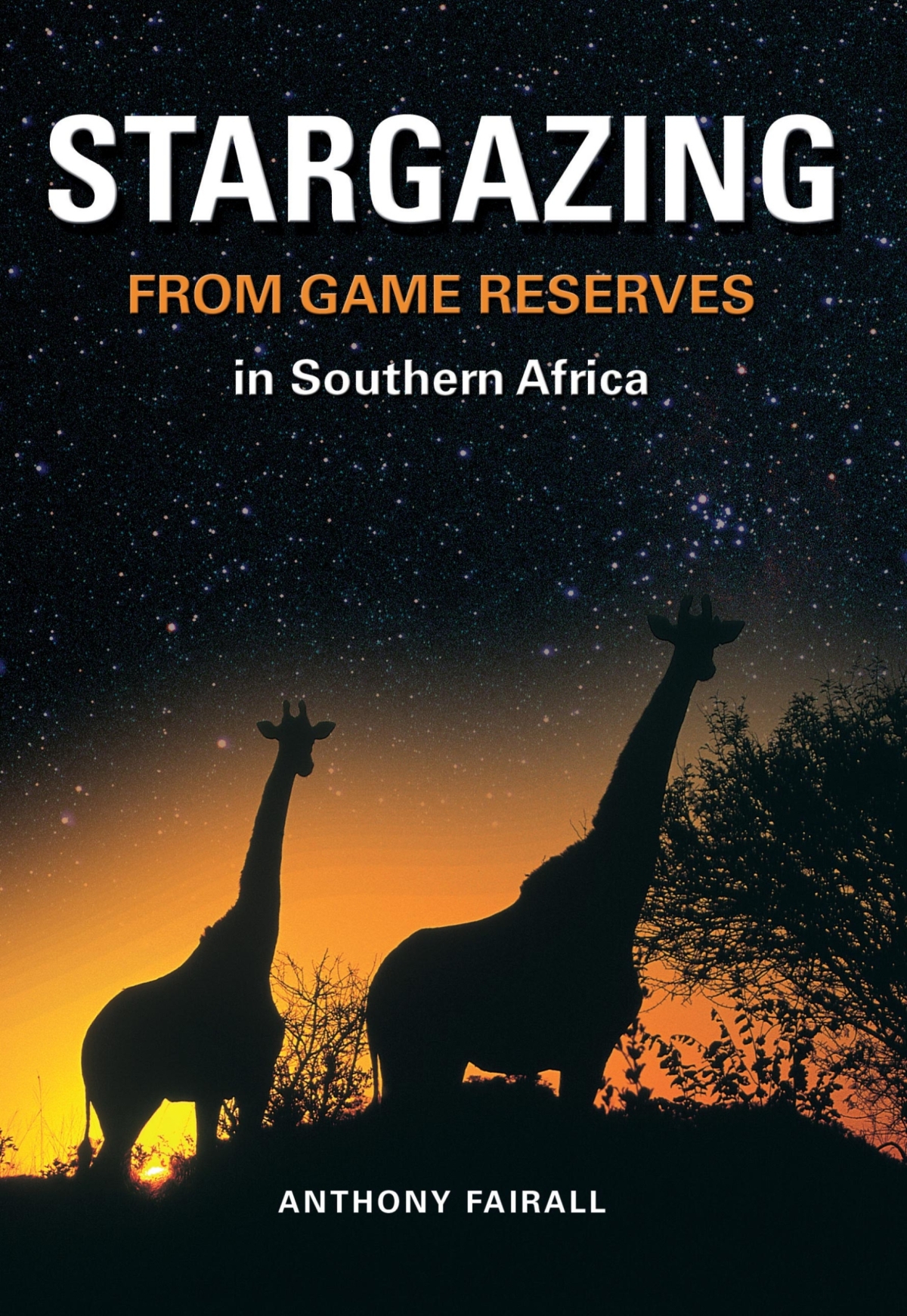
From Joburg’s night skies to immersive digital storytelling, Southern
Africa’s love affair with the stars is getting a major upgrade. At its heart
is the newly launched Wits Anglo American Digital Dome – Africa’s
most advanced planetarium – where heritage meets cutting-edge tech
in a dome of wonder. Blending science, storytelling, and education, the
Dome reimagines what stargazing can be. And whether you’re a wide-
eyed beginner or a seasoned observer, a range of new and trusted
guides will help you navigate the cosmos. From sky maps to indigenous
star lore, there’s something here to spark every imagination – young
or old, digital or analogue.
Originally opened in October 1960, the planetarium at Wits was the first full‑size planetarium in Africa and the second in the southern hemisphere, installed with a Zeiss projector acquired from Hamburg to mark Johannesburg’s 70th anniversary. For over six decades, it captivated generations with celestial shows, even hosting the live screening of the Apollo 11 moon landing in 1969.
A R90 Million Transformation
Supported by a R90 million investment from Wits University and partner Anglo American, the facility has been completely redeveloped into the Wits Anglo American Digital Dome – now the largest immersive planetarium in sub‑Saharan Africa, boasting a 20‑metre dome with 8K resolution projection.
Ten Sony GTZ‑380 projectors, each with its own image generator and master control, deliver panoramic visuals. A new 8.2‑channel surround system rounds out the sensory upgrade. Seating for 200 guests and refurbished auditorium spaces complete the modern makeover.
 Beyond Astronomy: A Multidisciplinary Hub
Beyond Astronomy: A Multidisciplinary Hub
Rather than serving only as an astronomy venue, the Digital Dome has been reimagined as a cutting‑edge visualisation laboratory. It supports research across domains: big data, AI, digital arts, biomedical science, and more. Dr Moumita Aich – head of the Dome – noted it's intended as a space where "visitors, students and researchers will feel part of the shows" through immersive experiences like flying alongside the ISS or migrating wildebeest in the Serengeti.
Additional facilities include a north‑wing expansion for offices, exhibition areas, and planning studios; work is underway to create a local content production studio in partnership with Wits School of Arts and the Tshimologong Innovation Precinct. It's even linked to Wits’ new Machine Intelligence and Neural Discovery (MIND) Institute.
Engaging Minds, Inspiring Futures
The Wits Anglo American Digital Dome had its official launch in November 2024 and opened to the public in February 2025. The first public screenings include six full‑dome shows donated by the American Museum of Natural History, free to school learners from lower-income quintile schools thanks to Wits‑Anglo American funding.
The facility holds a Blue Plaque heritage designation from Johannesburg Heritage and City institutions, commemorating its historical and academic significance as a century-old civic landmark turned innovation space.
Learning, Community and Creativity
The Dome hosts education shows for children, university teaching seminars, postgraduate visualisation projects, and public science communication stages. From animated astronomy tales to high‑tech data storytelling events, the space bridges disciplines – digital arts, humanities, science – as a platform for creativity and learning.
Technology and Collaboration at the Core
Installed by RSA Cosmos and local teams, the upgrade uses SkyExplorer and FreeDome software platforms, enabling real-time simulation and tailor‑made visual storytelling across theme areas ranging from astrophysics to social science and art installations.
A Legacy Reimagined
As Wits Vice‑Chancellor Prof Zeblon Vilakazi reflected during the relaunch, the Dome embodies Johannesburg’s spirit – where “heritage and innovation are intertwined.” He credited the old planetarium with igniting his own scientific ambitions back in 1981. With this reinvention, the Dome continues its mission: inspiring future generations across disciplines through wonder and discovery.
The Wits Anglo American Digital Dome is more than a stargazing venue – it’s a multidisciplinary visualisation theatre, education hub, and creative lab. Blending heritage with high-performance technology, it promises immersive experiences that spark curiosity, foster collaboration, and build bridges between science, art, and society.
Visit digitaldome.wits.ac.za for more.

To Infinity and Beyond
Explore the wonders of the southern skies with guides for every stargazer – from beginners to seasoned observers. Packed with star charts, lore, activities, and tips, they’re your gateway to the cosmos.
Sky Guide Southern Africa 2025
Astronomical Society of Southern Africa
An essential resource for all stargazers, this annually published guide details monthly cosmic events like planetary movements, eclipses, and meteor showers. Seasonal star charts help identify stars and constellations, while comprehensive information on the Sun, Moon, planets, and meteors enhances the experience. Includes photos, diagrams, and charts – making it the trusted guide to the southern skies.
Stephen James O’Meara
This guide to starwatching in Botswana is perfect for beginners and amateur stargazers. No equipment is needed – just your eyes. Monthly star charts provide views from all directions, while chapters cover essential stargazing tips, Botswana’s indigenous star lore, and the solar system. There's even info on a 2018 meteorite strike and spotting artificial satellites.
First Field Guides to Skywatching in Southern Africa
Cliff Turk
Sasol First Field Guide to Skywatching in Southern Africa is a fascinating insight into the southern skies by night. Full colour photographs and illustrations, monthly star charts and easy-to-read text will help the budding astronomer to identify the more visible objects in our night skies, as well as those that are less obvious, and discover some of the extraordinary phenomena of our galaxy.
Stargazing from Game Reserves in Southern Africa
Anthony Fairall
Essential for outdoor enthusiasts, this guide offers visitors to Southern Africa’s game and nature parks an exciting nighttime activity – stargazing. It takes readers on a celestial 'game drive,' introducing the 'Big Five' constellations with clear steps to locate them. Additional sections cover tracking planets, spotting Jupiter’s moons and Venus’s crescent, and provide twelve star maps. Illustrated with colour photos and drawings, it includes valuable tips for star watchers.
Active Learning: Stars & Planets
DK
Discover stars and planets through hands-on puzzles, games, and activities. Perfect for kids aged 8-12, this interactive guide answers big questions like the age of the universe and the formation of Earth. With over 100 activities, from mazes to quizzes, it captivates young astronomers, helping them learn through play and sparking curiosity in astronomy.
YOU MAY ALSO ENJOY
Samantha Harvey’s Novel ‘Orbital’ Wins the Booker Prize 2024
In November 2024, Samantha Harvey won the Booker Prize for her novel Orbital. This is the second time that Harvey has been recognised for her work – in 2009, she was longlisted for her novel, The Wilderness ...











